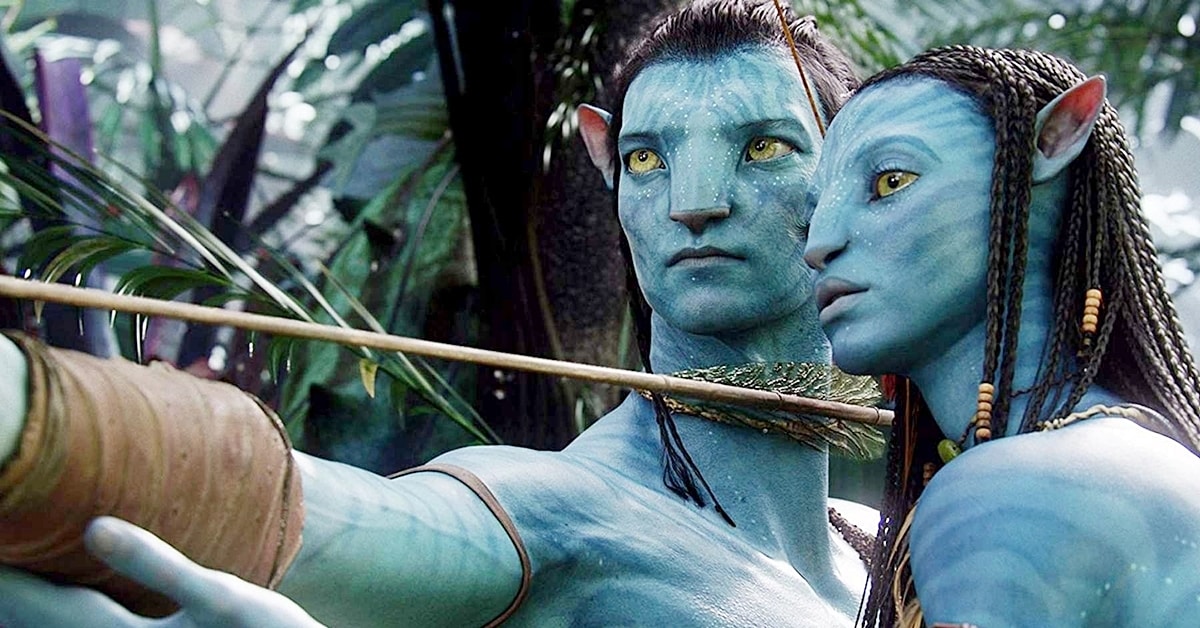Visionary filmmaker James Cameron set out to rewrite the rule book when it came to his revolutionary 2009 movie Avatar, and it’s fair to say that he succeeded in doing just that.
Having pushed the technological boundaries with his some of his earlier movies, including The Abyss and Terminator 2: Judgment Day, Cameron with Avatar envisaged an on-screen world where live-action and revolutionary animation would combine into a state of the art 3D image, and like us, you were probably blown away by the finished product.
With Cameron currently hard at work perfecting his Avatar sequels, we thought it was about time that we took a look at the now decade-old original, with 20 things that you might not have realised about it.
20. James Cameron has denied ripping off Pocahontas or FernGully

On release, many critics directed a fair amount of snark at Avatar over the similarities between its plot and that of two animated movies from the 90s: Pocahontas, and FernGully: The Last Rainforest.
[rtk_adunit_top]
In case you’ve forgotten, Disney’s 1995 film Pocahontas (a very heavily fictionalised take on the historical character) centres on a Native American who falls in love with an English soldier, converting him to the Native cause.

Meanwhile, 1992’s FernGully – thought to be the first family movie to directly address environmentalism – centres on a young logger who is shown the error of his ways when the fairies from the forest shrink him down to their size.
[rtk_adunit_middle]
While Cameron does not deny Avatar tackles similar themes, he has long insisted that he first came up with the basic idea as a kid in the 60s, long before either film was made.

Addressing the familiar feel of the story, Cameron has remarked, “part of myth is familiarity; myth has to feel like it has roots in prior art going back through traditions of storytelling.”
[rtk_adunit_bottom]
19. Cameron has won multiple lawsuits against writers who claimed he stole their story
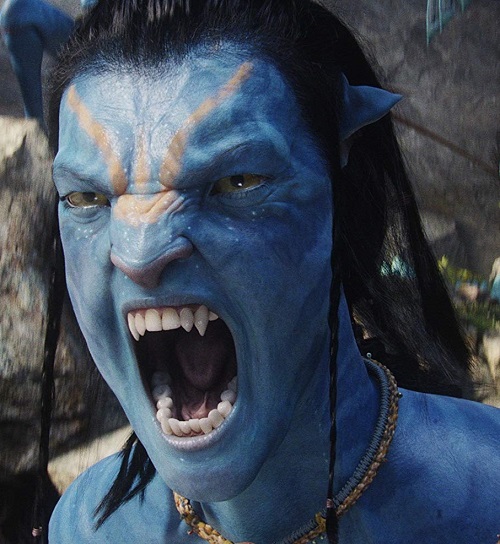
Apparently the critics weren’t the only ones who noticed something familiar about Avatar’s story.
[rtk_adunit_top]
In 2011, Cameron’s company Lightstorm Entertainment had three separate lawsuits taken out against them over a period of only ten days, each from writers claiming he’d ripped off their work.
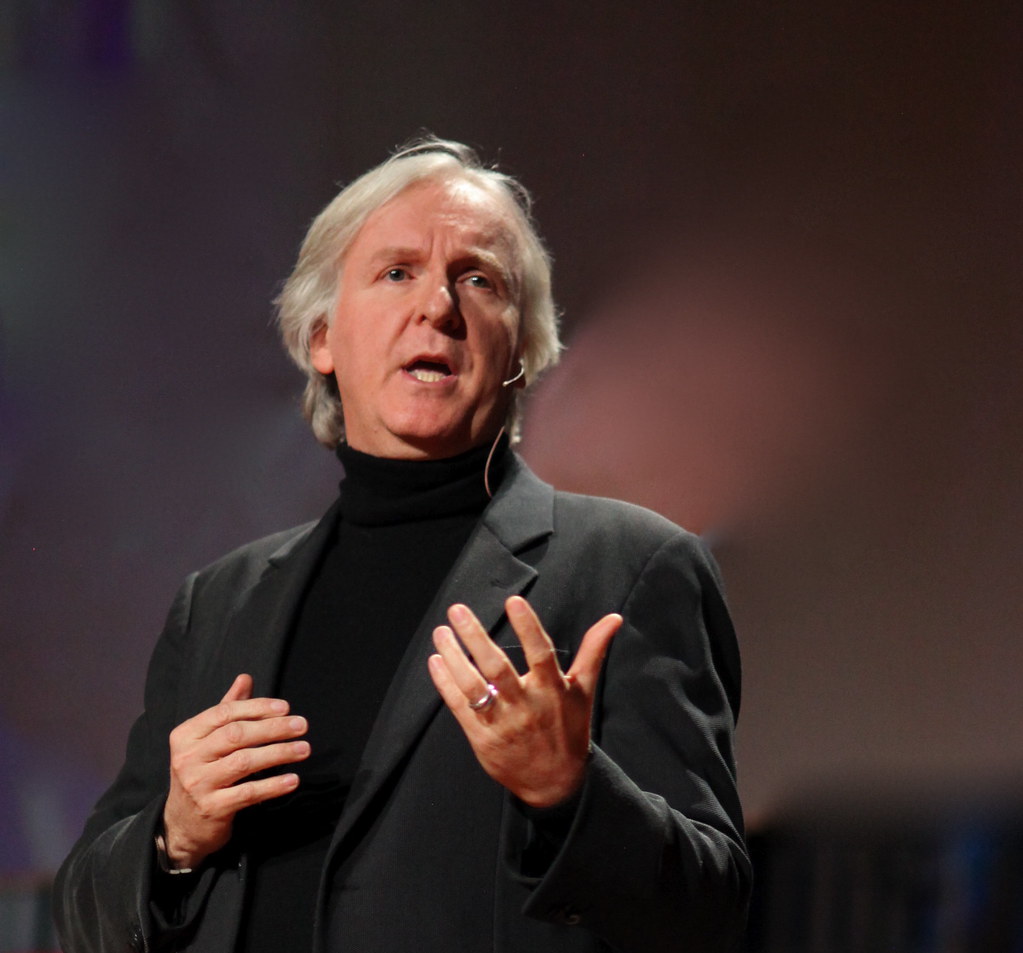
- Credit: Flickr
One claimant, Gerald Morawski, had met with Cameron in relation to an unrelated project in the mid-90s, whilst another, Bryant Moore, had worked as an assistant to Cameron on his 1994 film True Lies.
[rtk_adunit_middle]
Cameron filed a 45 page affidavit explaining the full history of Avatar and his involvement with the claimants, and the court ruled in his favour.
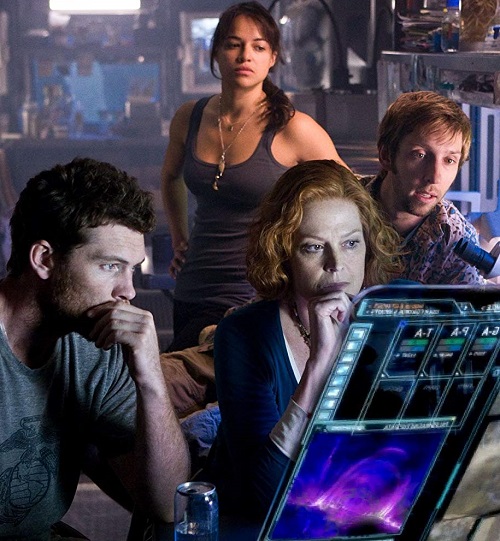
The director later stated the film was “the product of a team of some of the world’s most creative artists and designers, and it is an insult to all of them when these specious claims are made.”
[rtk_adunit_bottom]
18. The Na’vi came from a dream that James Cameron’s mother had

Famously, James Cameron’s original idea for The Terminator came from a feverish dream he had after falling ill.
[rtk_adunit_top]
And reports suggest that it was also a dream that inspired Avatar’s central alien race, the Na’vi.
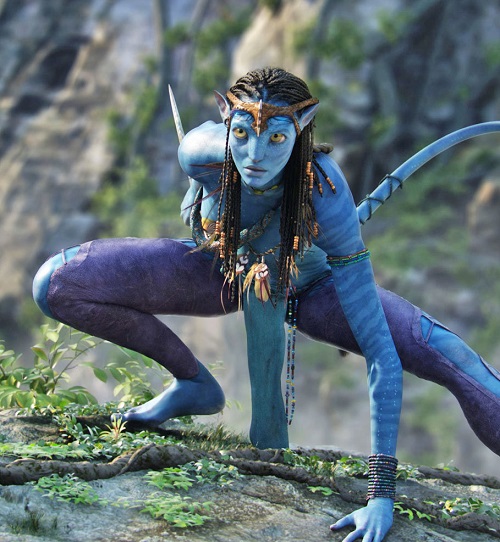
It wasn’t one of Cameron’s dreams, but the director’s mother once told him of a dream she had had involving a giant blue woman.
[rtk_adunit_middle]
The writer-director took inspiration from this to create the Na’vi, the blue-skinned indigenous people of the faraway planet Pandora.

Cameron developed the idea borrowing from Hinduism, which depicts deities with blue skin and uses the term ‘avatar’ to refer to the bodily manifestation of a divine being.
[rtk_adunit_bottom]
17. The film borrowed its title from a popular cartoon series (sort of)
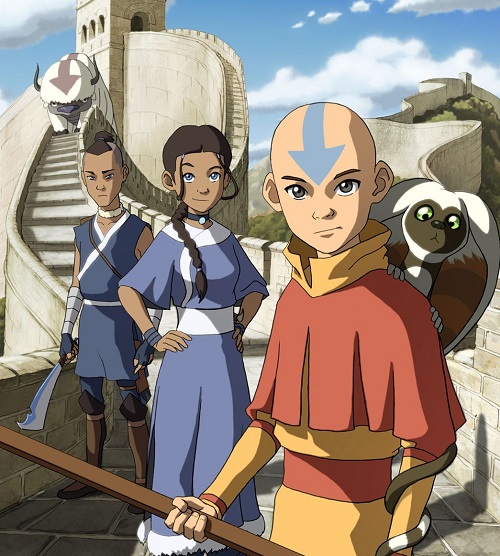
One of the issues that can occur when a film spends as long in development as Avatar did is that other creators might have similar ideas in the meantime.
[rtk_adunit_top]
While work on Cameron’s Avatar was underway, Nickelodeon launched the cartoon series Avatar: The Last Airbender in 2005. It quickly became a huge fan favourite.
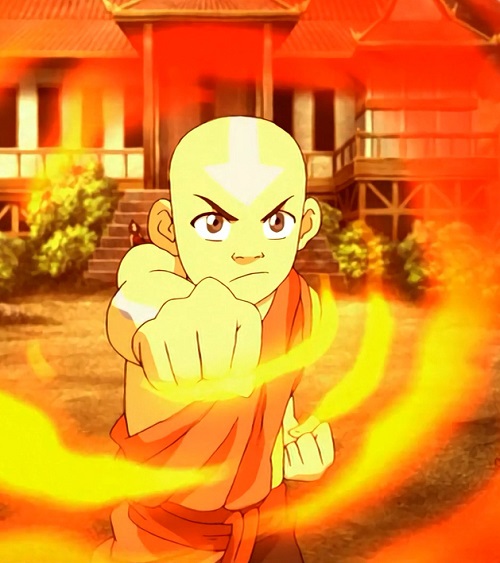
This apparent coincidence did not deter Cameron or studio 20th Century Fox from their title, which they figured was distinct enough not to be confused with the TV show.
[rtk_adunit_middle]
Even so, when the Avatar cartoon was adapted into a live-action film from director M Night Shyamalan in 2010, it was released simply as The Last Airbender, to avoid any confusion.
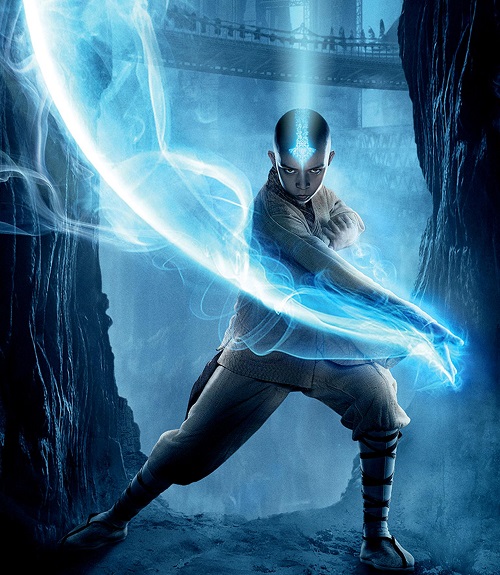
This was not the first time such a title change was made; 80s cartoon series The Real Ghostbusters, based on the 1985 movie, amended its title due to the existence of another cartoon entitled Ghost Busters.
[rtk_adunit_bottom]
16. The film was in development for 15 years
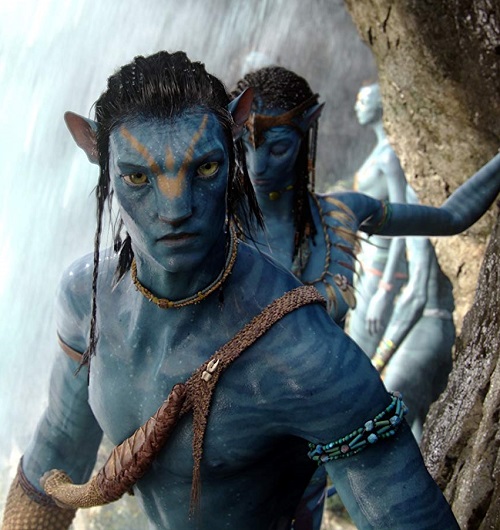
[rtk_adunit_top]
He wrote an 80-page treatment for the film in 1994, around the time he was working on True Lies with Arnold Schwarzenegger and Jamie Lee Curtis.

At that point, Avatar took a back seat due to a certain other major project the filmmaker was working on: Titanic.
[rtk_adunit_middle]
This, of course, proved a major turning point for Cameron’s career, as his 1997 fact-based epic romance became the highest-grossing film in box office history, a record it would hold for 12 years.
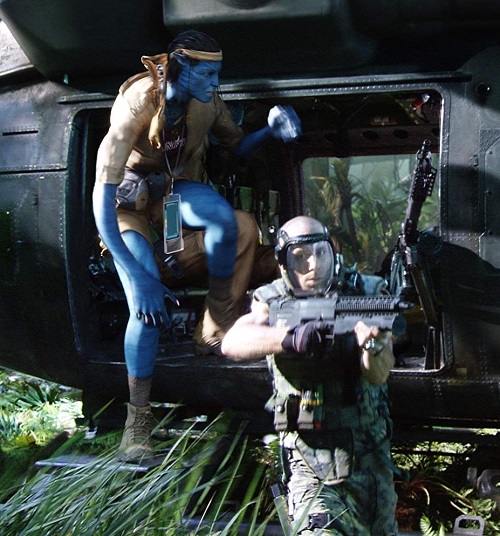
Avatar was initially intended to start shooting soon thereafter for a 1999 release, but the director had second thoughts.
[rtk_adunit_bottom]
15. Watching The Lord of the Rings convinced Cameron to start making the film
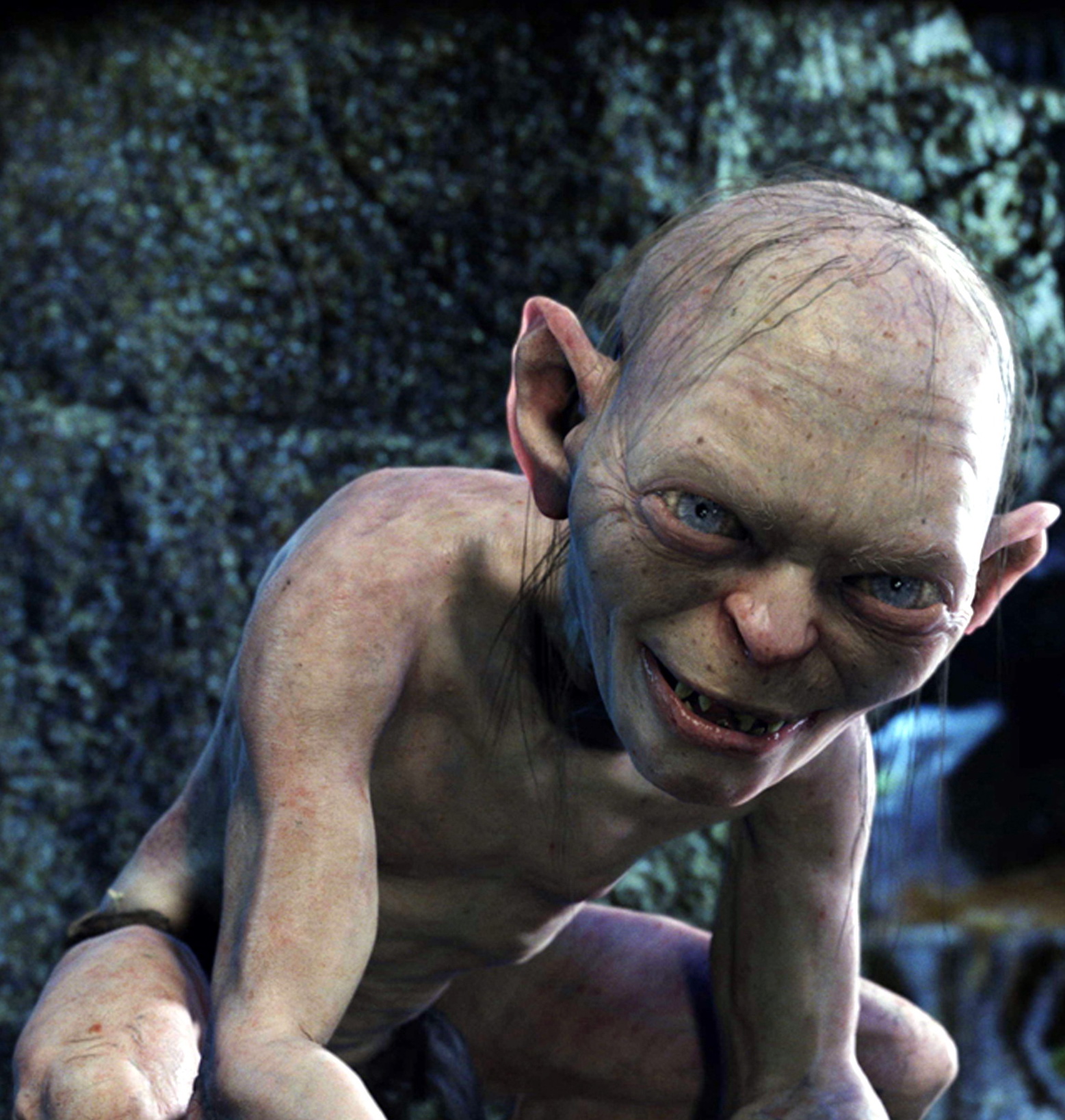
It wasn’t until he watched the second Lord of the Rings movie, 2002’s The Two Towers, that James Cameron decided to start making Avatar.
[rtk_adunit_top]
The writer-director wanted photo-realistic CGI creations to be fully realised characters in his film – and the technology just wasn’t ready in 1999, as Star Wars Episode I: The Phantom Menace proved with Jar Jar Binks.

Three years later, the revolutionary effects used to create Gollum in Peter Jackson’s movie made Cameron realise that the technology now existed to enable him to fulfil his vision.
[rtk_adunit_middle]
To this end, Cameron enlisted Peter Jackson’s digital FX company Weta to bring the world of Pandora and alien race the Na’vi to life.
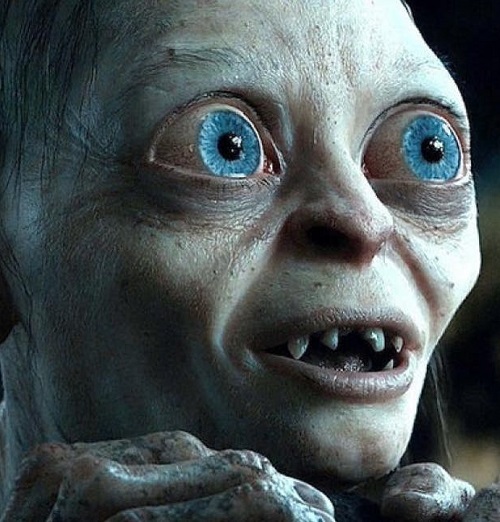
Portrayed by Andy Serkis via motion capture technology, Gollum is widely acknowledged as one of the most ground-breaking pieces of FX work ever.
[rtk_adunit_bottom]
14. Cameron almost made Alita: Battle Angel instead

While he had been working on the project in some form for most of his life, Cameron wasn’t always 100% set on making Avatar after Titanic.
[rtk_adunit_top]
The filmmaker was seriously contemplating another project close to his heart, an adaptation of the manga/anime series Battle Angel Alita.

Cameron had bought the rights to Yukito Kishuro’s creation in the mid-90s, but – much as was the case with Avatar – he wasn’t sure the technology was there to do the project justice yet.
[rtk_adunit_middle]
Ultimately, as Avatar was Cameron’s own creation he felt a deeper personal connection to that project, and Alita went on hold – until he drafted Robert Rodriguez to direct it.

Released as Alita: Battle Angel in early 2019, the film garnered mostly positive reviews and global box office takings of $404 million.
[rtk_adunit_bottom]
13. Sam Worthington was living in his car when he was offered the lead role

Australian actor Sam Worthington was cast in the role of Jake Sully after a massive worldwide search for relatively unknown but promising young actors.
[rtk_adunit_top]
Worthington clearly needed the break, as he’d fallen on hard times and was living in his car at the time.

Cameron could surely relate, as he himself had been living in his car when he started work on his 1984 breakthrough movie The Terminator.
[rtk_adunit_middle]
The director believed that Worthington’s main quality was that “he was a guy you’d want to have a beer with… (who) ultimately becomes a leader who transforms the world.”

Worthington’s casting in Avatar would lead to starring roles in Clash of the Titans and Terminator Salvation (although the latter film was actually released before Avatar, Cameron’s recommendation helped him land the part).
[rtk_adunit_bottom]
12. Matt Damon and Jake Gyllenhaal turned down the lead

Of course, other actors were in the running for Jake Sully before Sam Worthington – and it seems the one who came closest was Matt Damon.
[rtk_adunit_top]
The actor – who had won the Best Screenplay Oscar for Good Will Hunting the same year Cameron’s Titanic cleaned up at the awards show – declined as, when production began, he had already committed to The Bourne Ultimatum.
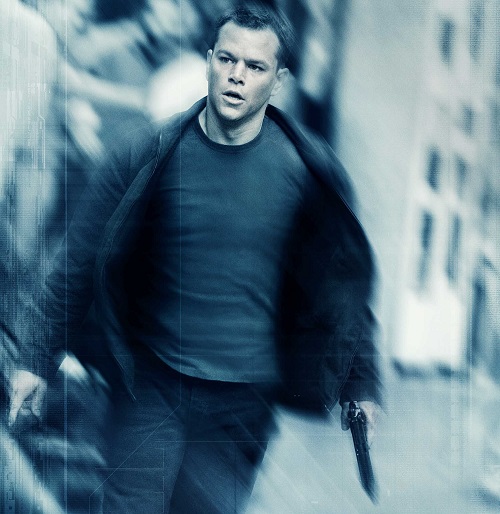
Damon has since called himself “the dumbest actor of all time” for turning Avatar down, as he’d been offered 10% of the profits – which would have left him more than $280 million better off. (Sam Worthington did not get the same deal.)
[rtk_adunit_middle]
Another big name American actor who decided against playing Avatar’s hero Jake Sully was Jake Gyllenhaal.
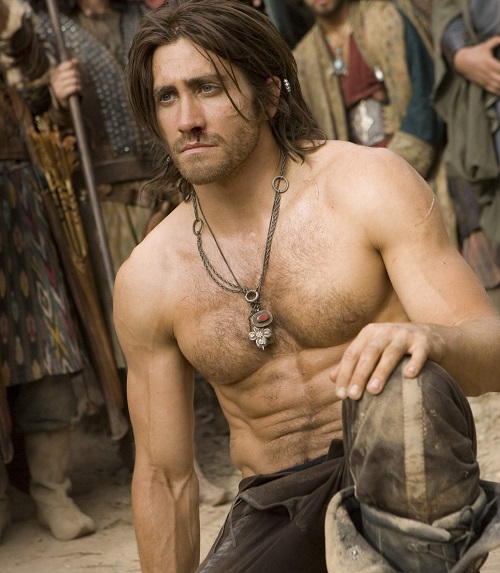
Gyllenhaal chose instead to make Prince of Persia: The Sands of Time, a decision which he too has since expressed regret about.
[rtk_adunit_bottom]
11. Michael Biehn almost played Colonel Quaritch
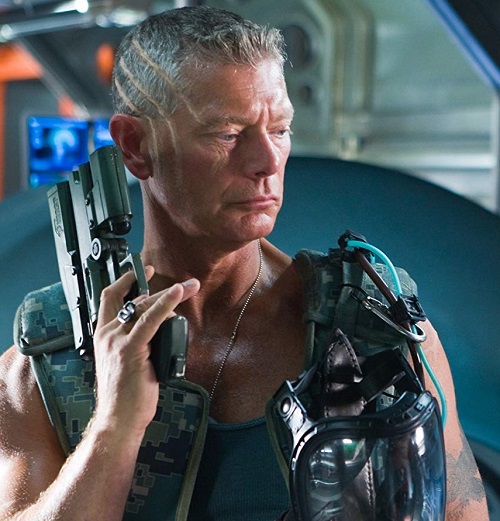
Any action-adventure movie is only as good as its bad guy, and Avatar has a pretty great one in Stephen Lang’s hateful warmonger Colonel Miles Quaritch.
[rtk_adunit_top]
However, Lang was reportedly not at the top of Cameron’s list for the role, as the writer-director had originally intended it for his old cohort Michael Biehn.
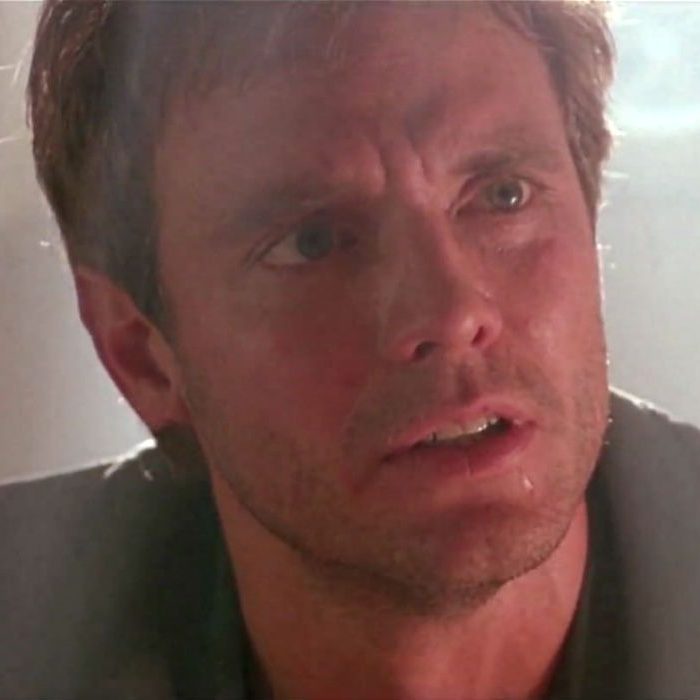
Biehn had taken heroic roles for Cameron in The Terminator and Aliens, before playing a more villainous role in 1989’s The Abyss – plus a brief cameo in Terminator 2 (missing from the theatrical cut, but featured in the extended edition).
[rtk_adunit_middle]
However, as Cameron had already cast Biehn’s Aliens co-star Sigourney Weaver, there were concerns that making the film an Aliens reunion might undermine the freshness of Avatar, so Biehn was left out.

A few years later, Weaver and Biehn looked set to reunite on director Neill Blomkamp’s proposed sequel to Aliens, but the project never got off the ground.
[rtk_adunit_bottom]
10. A 1,000-word Na’vi language was created from scratch by a linguist

Determined to make Avatar as immersive an experience as possible for audience and cast alike, Cameron and company put serious work into building the story world.
[rtk_adunit_top]
To this end, an actual Na’vi language was specifically created for the film.
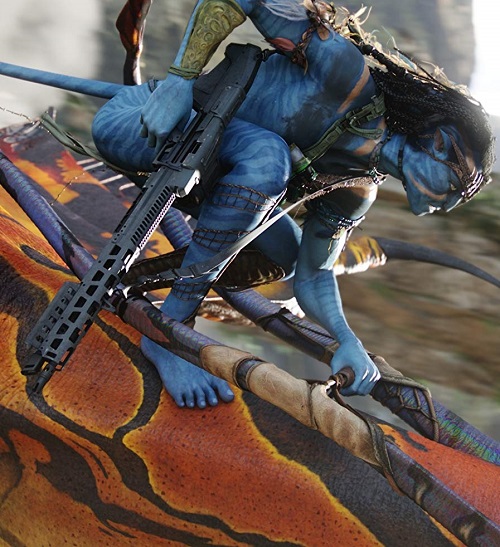
Linguist Dr. Paul R. Frommer was enlisted to design the language, which consisted of around 1,000 words, designed to be a language that the actors could pronounce easily, but one that didn’t resemble any existing human dialect.
[rtk_adunit_middle]
Aussie Sam Worthington joked that he had less trouble mastering Na’vi than he did with the American accent.
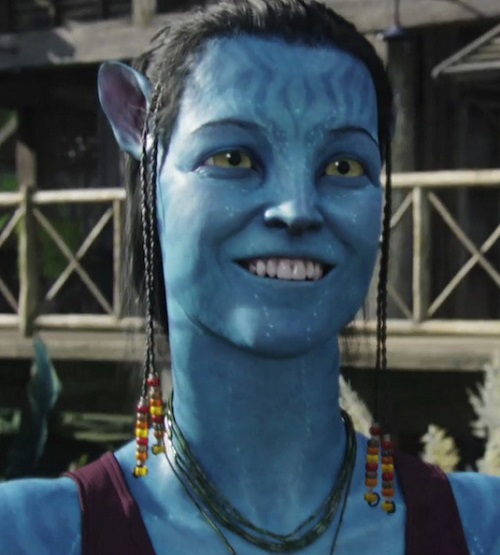
Post-Avatar, Frommer has continued to work on the Na’vi language, expanding the lexicon to more than 2,200 words in the years since.
[rtk_adunit_bottom]
9. Cameron insisted that Neytiri have breasts
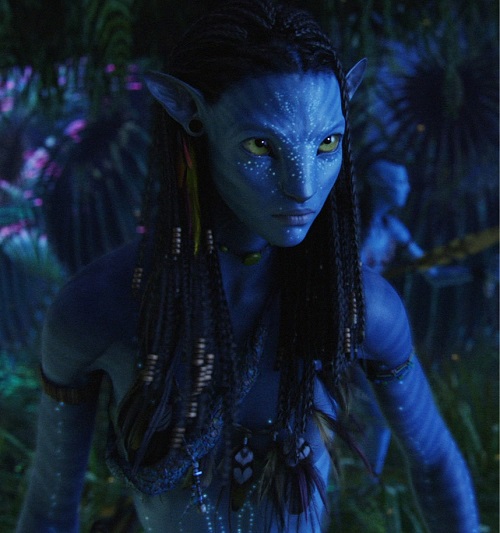
[rtk_adunit_top]
However, regarding Zoe Saldana’s Neytiri, the director has admitted to including one physical detail – well, two – which, by their own rules, is completely illogical.

Cameron confessed (in an interview with Playboy, appropriately enough), “Right from the beginning I said, ‘she’s got have t**s,’ even though that makes no sense because her race, the Na’vi, aren’t placental mammals.”
[rtk_adunit_middle]
In another interview, the director drolly remarked he wanted his alien female lead to have sex appeal because “this is a movie for human people.”

Neytiri was subsequently given a necklace to preserve her modesty – and, perhaps more importantly, ensure the film would get away with a PG-13 rating.
[rtk_adunit_bottom]
8. The actors prepared for their roles by hiking through a jungle

Learning to speak Na’vi wasn’t the only major homework in store for the cast and crew.
[rtk_adunit_top]
To assist them in preparing for their roles, Avatar’s main actors spent days hiking through jungles, where they would catch and cook their own food.
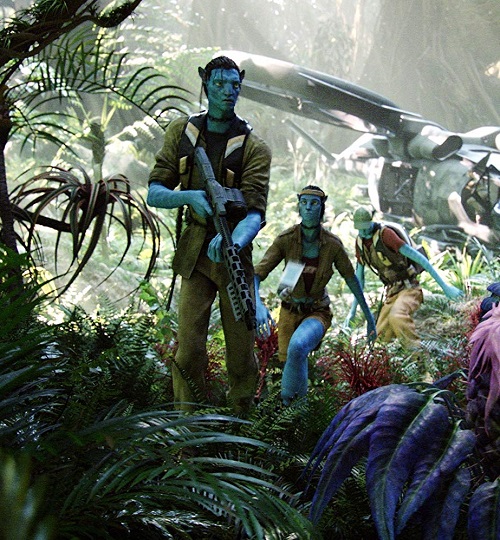
This was to give them a better sense of what it would be like to live on the fictional planet of Pandora, seeing as there were no real jungle sets for them to navigate in production, Pandora being an entirely digital creation.
[rtk_adunit_middle]
Zoe Saldana reportedly went a bit method, wearing a warrior outfit and even a prosthetic tail like that of her character while traversing the wilderness.

The cast didn’t totally rough it, however, as they only trekked through the jungle by day and returned to their hotel rooms at night.
[rtk_adunit_bottom]
7. Jake Sully’s damaged legs were NOT computer-generated

In his original human form, Avatar’s main protagonist Jake Sully is a wheelchair user, having lost the use of his legs in the line of duty as a Marine.
[rtk_adunit_top]
Given how heavily the film rests on cutting-edge digital technology, we might assume that no old school practical effects were utilised at all.
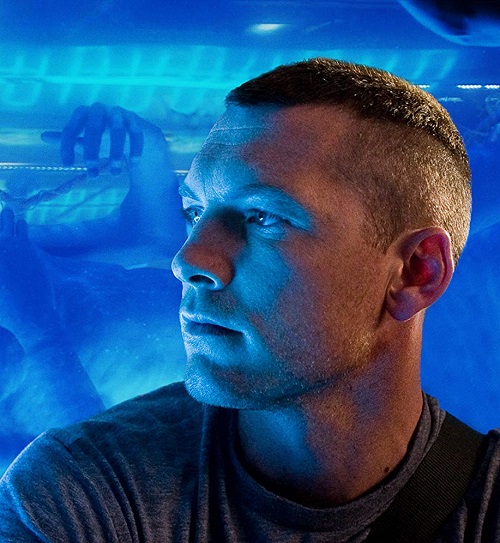
This, however, is not the case, as Jake’s legs were not created via CGI.
[rtk_adunit_middle]
The legs were in fact prosthetics, cast from the legs of a real paraplegic for authenticity.

Some digital trickery was involved, however, as Sam Worthington’s real legs were hidden under the wheelchair and removed in post-production.
[rtk_adunit_bottom]
6. Sigourney Weaver’s cigarettes WERE computed-generated
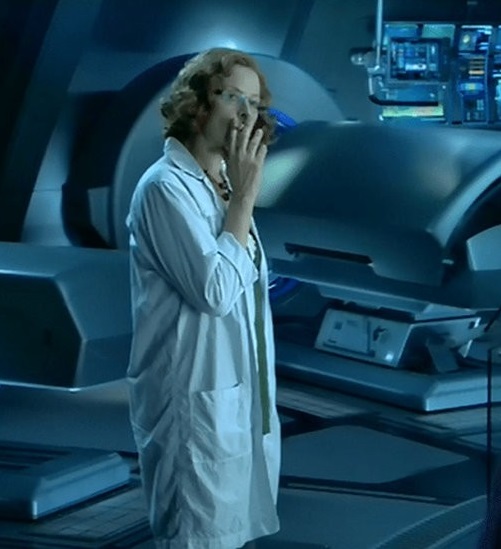
One surprising detail in Avatar was produced via CGI: the cigarettes smoked by Sigourney Weaver’s Dr Grace Augustine.
[rtk_adunit_top]
On-set, Weaver simply pretended to puff on a cigarette-sized stick, while her exhaled smoke was added digitally in post-production.

The film took some flak for openly showing one of its central good guys as a smoker, without any comment passed on the obvious health risks.
[rtk_adunit_middle]
Cameron later stated that he had intended for Weaver’s Grace to be “initially off-putting and even unpleasant… she is not meant to be an aspirational role model for teenagers.”
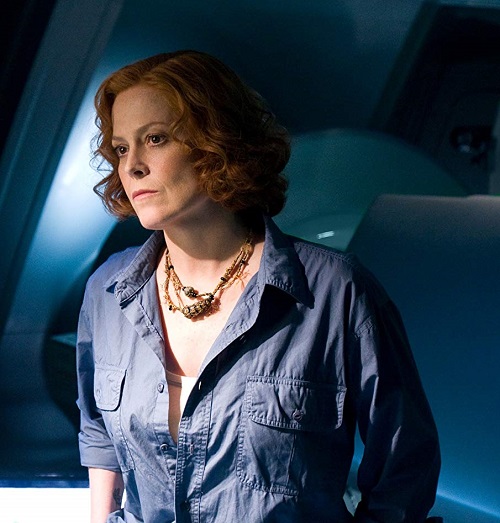
The writer-director goes on: “Grace doesn’t care about her human body, only her avatar body,” which he argues “is a negative comment about people in our real world living too much in their avatars, meaning online and in videogames.”
[rtk_adunit_bottom]
5. James Cameron would nail-gun any mobile phones he heard ringing on the set
As uplifting as the film is intended to be, things weren’t all sweetness and light on the set of Avatar.
[rtk_adunit_top]
Cameron has long been known for being a harsh taskmaster, particularly on the sets of The Abyss and Titanic, where his furious outbursts at the cast and crew became legendary.
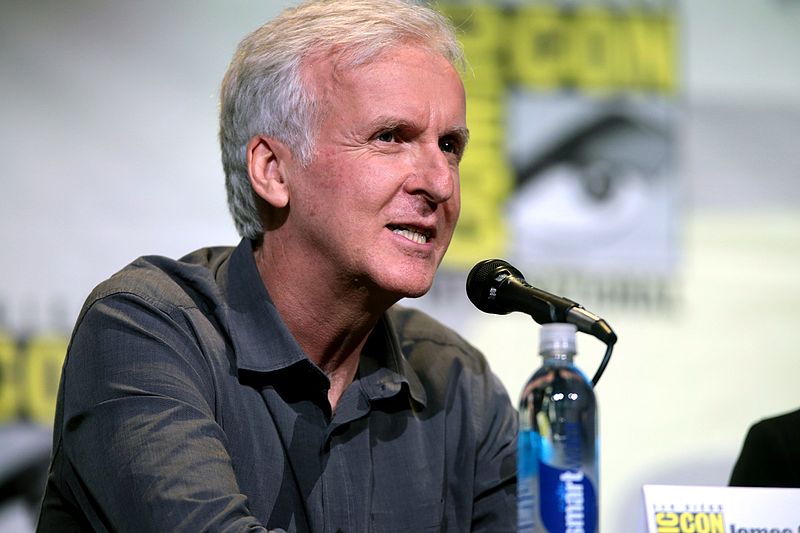
- Credit: Gage Skidmore via Wikimedia Commons
While Cameron insists he’s mellowed somewhat over the years, his rage was still occasionally in evidence while in production on Avatar.
[rtk_adunit_middle]
It has been reported that Cameron would even use a nail-gun to impale any mobile phones he heard ringing whilst the movie was being shot.
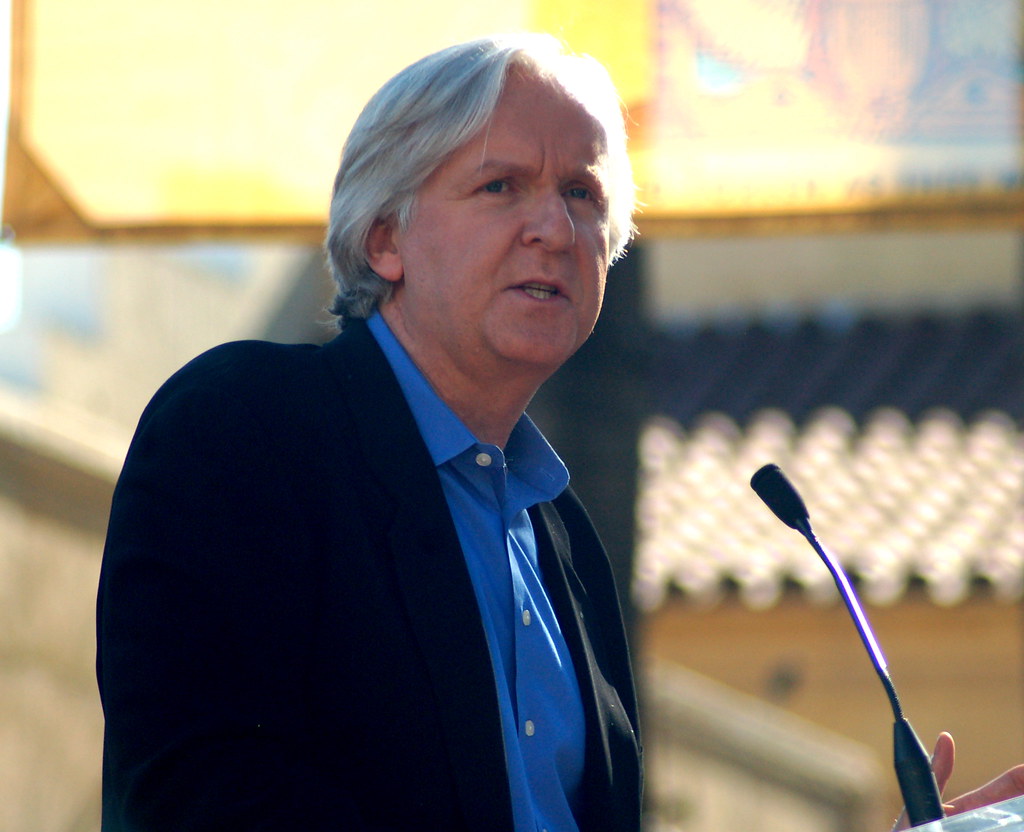
- Credit: Flickr
Still, this approach can’t have put the cast of Avatar off working with him, as the bulk of them have returned to work on the currently in-production sequels.
[rtk_adunit_bottom]
4. It took over two-and-a-half years to render all the CGI sequences
Principal photography on Avatar began in April 2007, two years and eight months before the film would make it to cinemas.
[rtk_adunit_top]
The key reason for this was the sheer amount of time needed to fully render the digital effects shots, estimated to make up approximately 70% of the final film.
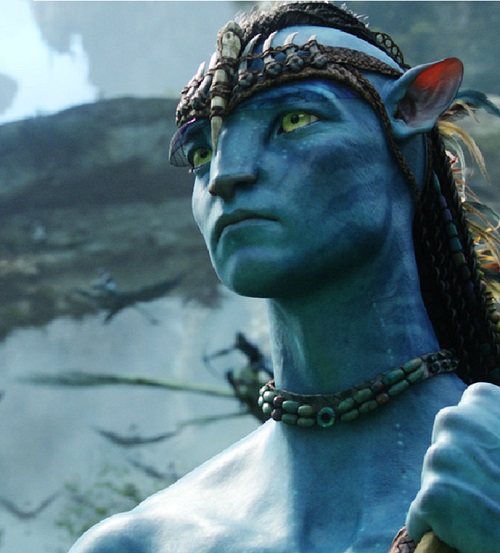
This explains why the CGI elements were created at Weta Digital in Wellington, New Zealand, which houses a 10,000 square foot facility with 40,000 processors.
[rtk_adunit_middle]
Reportedly these facilities were in use 24 hours a day, computers performing literally over a million tasks daily.
Individual frames often took several hours to render – and as the film runs at 24 frames per second, it’s easy to see why finishing the movie took quite some time.
[rtk_adunit_bottom]
3. Post-Avatar depression was apparently a thing for some viewers
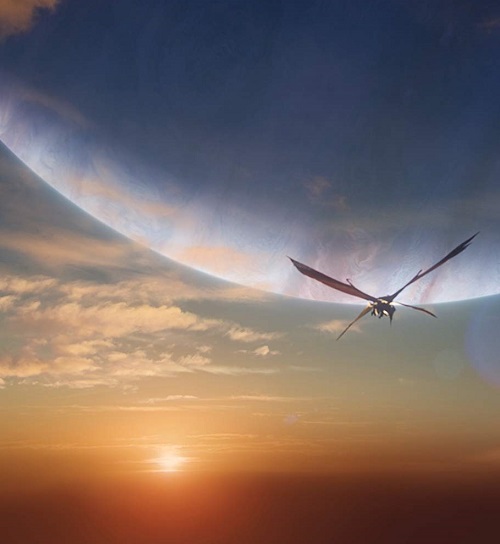
Cameron’s plan to present audiences with an immersive alternate universe might have been a little bit too successful.
[rtk_adunit_top]
Some viewers were so struck by the beauty of Pandora, they reported falling into depression on leaving the cinema.

Following the film’s massive box office success, thousands of posts were made to a forum where fans of the movie confessed to feeling dejected and even suicidal.
[rtk_adunit_middle]
Fans spoke of wanting to leave their real lives behind and live on Pandora, despite knowing that the alien world does not actually exist.

Forum ambassador Philippe Baghdassarian explained, “The movie was so beautiful and it showed something we don’t have here on Earth.”
[rtk_adunit_bottom]
2. The film cost over $400 million to create and promote

Avatar’s budget was officially listed as $237 million, but some estimate that it actually cost over $300 million to make, and $150 million to market.
[rtk_adunit_top]
Given that a film needs to make back at least double its production and promotion costs in order to break even, there would have been trouble for 20th Century Fox if Avatar hadn’t been a hit.
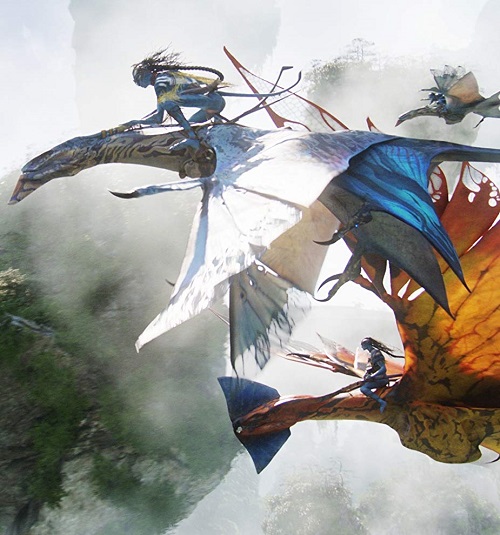
However, the movie made $1 billion only 19 days after it was released, and became the first movie to earn $2 billion worldwide, as well as the first to make $700 million in the US and Canada.
[rtk_adunit_middle]
In so doing, Avatar overtook Titanic’s box office record, and marked the second time that James Cameron had made the highest-grossing movie in history.
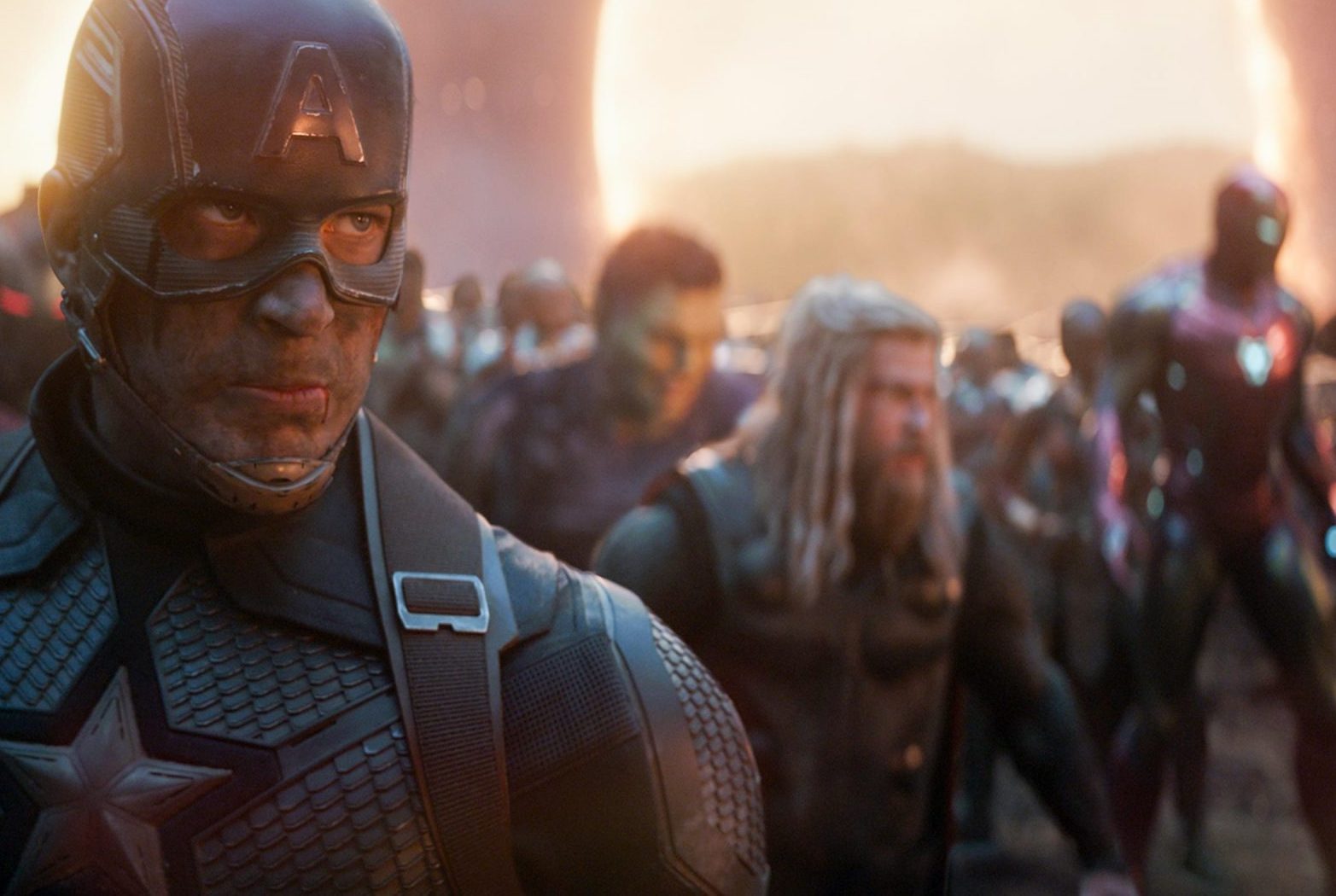
It remains the highest-grossing movie of all time today: Avengers: Endgame briefly overtook its takings in 2019, but Avatar’s 2021 China re-release pushed it up to over $2.8 billion, reclaiming the film’s top spot at the all-time box office.
[rtk_adunit_bottom]
1. FOUR sequels are currently in the works
Very soon after the original movie’s massive success, sequels to Avatar were on the agenda.
[rtk_adunit_top]
Initially, the plan was to shoot two sequels back to back, as was the case on the sequels to Back to the Future, The Matrix and Pirates of the Caribbean.

However, James Cameron being as ambitious as he is, this turned into four sequels instead.
[rtk_adunit_middle]
Avatar 2 and 3 have completed filming and are due to be released in December 2021 and December 2023, whilst the fourth and fifth films are pencilled in for December 2025 and December 2027.
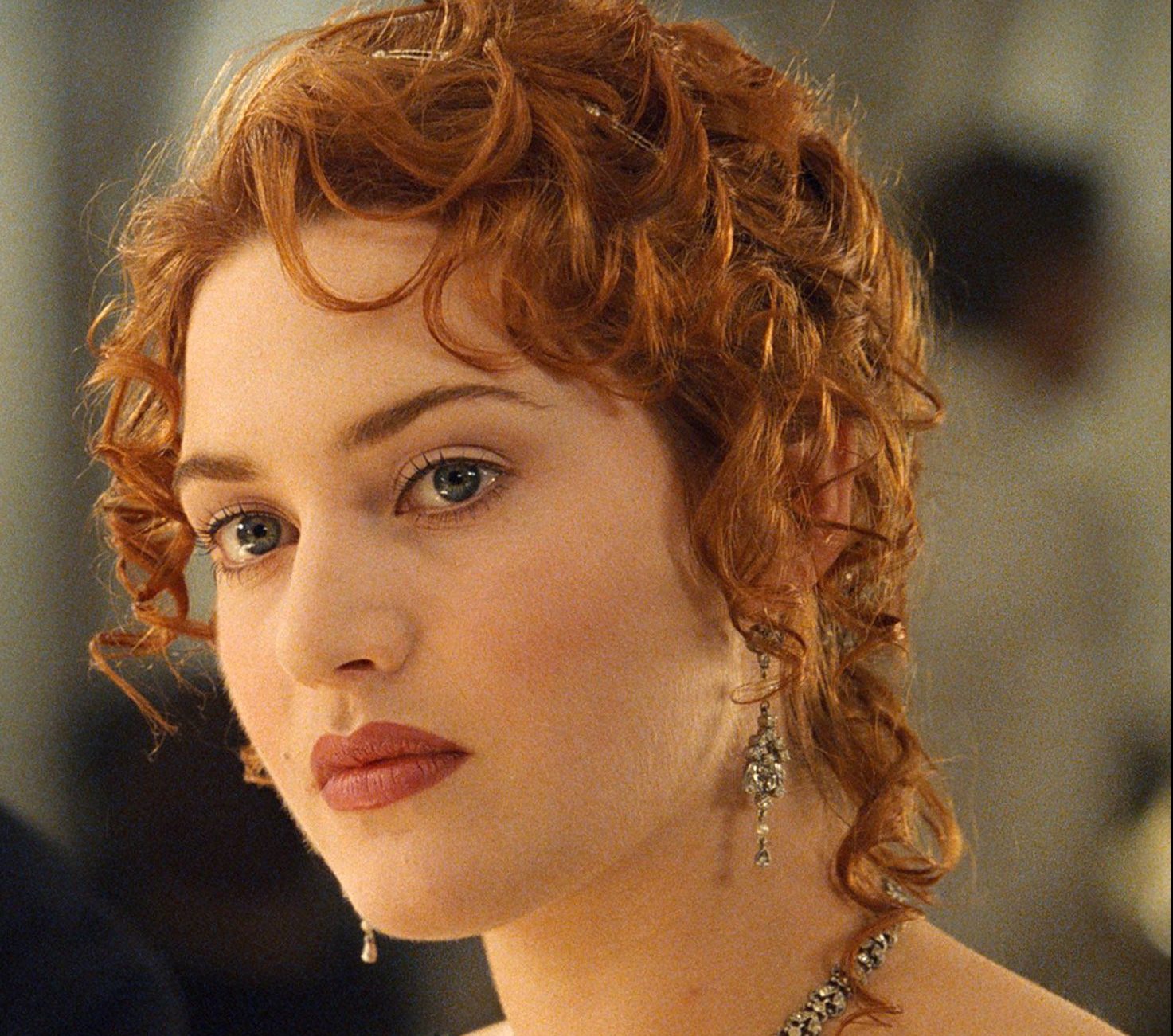
Most of the original cast are returning, with new cast members including Cameron’s Titanic leading lady Kate Winslet, plus Michelle Yeoh, Jemaine Clement and Vin Diesel.
[rtk_adunit_end]

